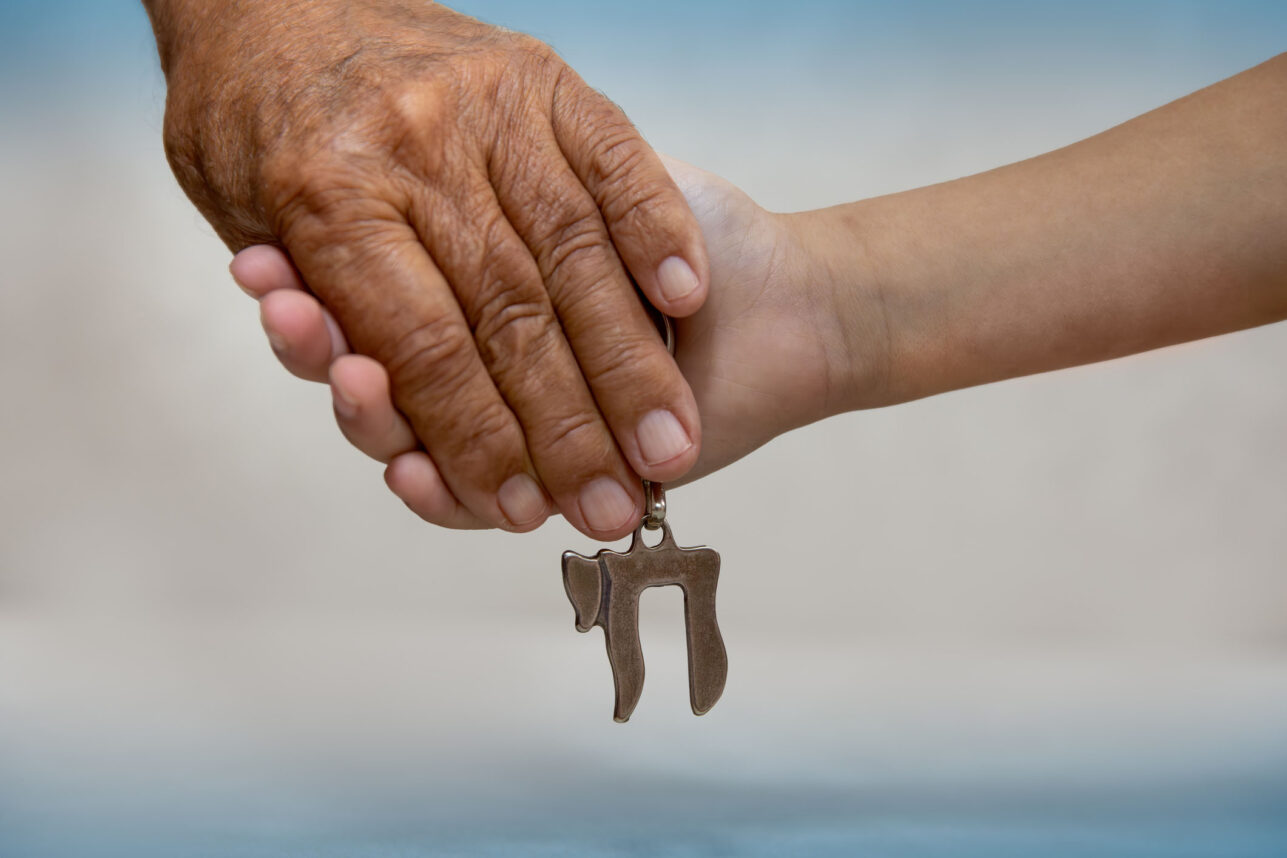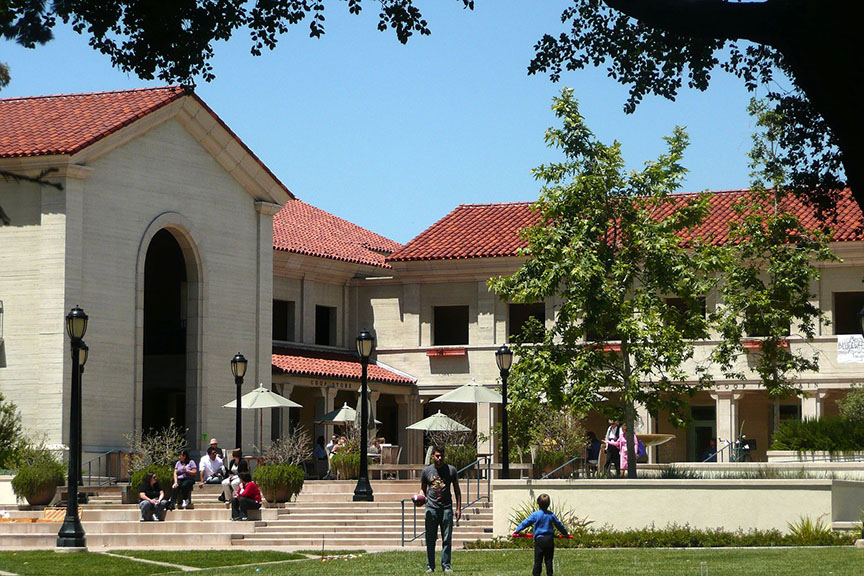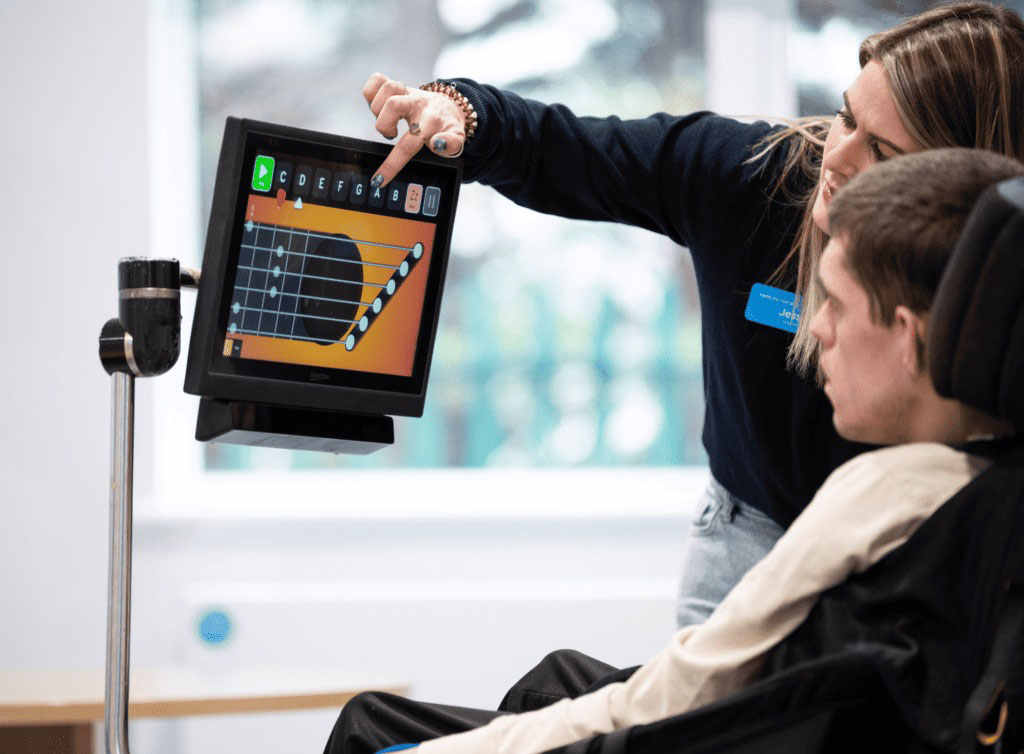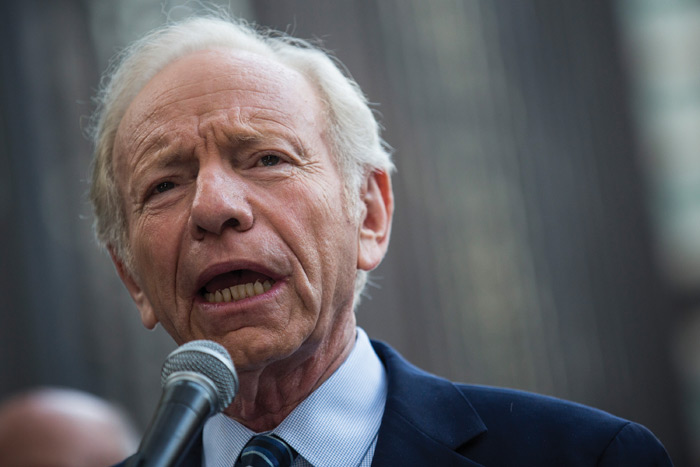 Photo Credit: Sarah Ardin
Photo Credit: Sarah Ardin Perhaps nothing encapsulates these past two years as poignantly as the term “the before times.” We look back on our way of life before the pandemic with nostalgia, but also with a sense that it is not something to which we can ever return. There were high hopes for 2021: Biden assumed office, vaccine rollout had begun, and normalcy was on the horizon.
Flash forward past an attempted coup, our disastrous retreat from Afghanistan, a global shipping crisis, hundreds of mass shootings, and underwhelming vaccination rates—one year later, Biden is facing a 41% approval rating and we’re staring down over a dozen COVID-19 variants, most notably the Delta and Omicron strains. It’s hard to be optimistic in the wake of what some are calling the Year of American Disappointment.
And yet, there is something to be said for optimism. The Omicron variant is burning itself out, and COVID-19 infections have fallen by 60% and hospitalizations by 25% over the past two weeks. Not only are we seeing a declining rate of transmission for COVID-19 cases, but the global solidarity that allowed us to develop vaccines in record time has also pushed mRNA research to the forefront, allowing for the potential development of vaccines against shingles, malaria, and even skin cancer.
Of course, the pandemic is only half of our daily source of stress these days. There’s also the broader political situation—the U.S. is still a deeply-divided nation trying to heal, both economically and socially. This year’s midterm elections are shaping up to hand the GOP control of the Senate, and coupled with a conservative-leaning Supreme Court, we can expect the remaining two years of the Biden administration to be characterized by obstructionism, infighting and inaction. Regardless of where you stand politically, we can all agree that a gridlocked, ineffectual government is the last thing we need right now as a country.
On the Democratic side, the party must stop squabbling amongst themselves and take a hard look at their options. Infighting between progressives and moderates has done nothing but disillusion voters, and an overly-critical cancel culture means that the party has been unable to accept their own political achievements—from the stimulus package to pandemic recovery—so long as there is a single critique to be found. In holding out for a perfect solution, Democrats are letting other opportunities pass them by. Come November, the balance of power will almost certainly shift to the right, and they can either find avenues of bipartisan cooperation, or else remain obstinate and take the risk that they’ll be able to mobilize voters to retake the Senate and maintain the presidency in 2024—assuming that the U.S. can still count on free and fair elections by then.
The American right is thankfully far less disjointed than their liberal counterparts, but far more alarming, actively “shattering faith in the integrity of our elections and abandoning their commitment to the peaceful transfer of power” by defending the January 6 insurrection and passing increasingly draconian voting restrictions. Unless Republicans can recenter their party around actual policies rather than prejudice and authoritarianism under the guise of MAGA hats, they will be responsible for not only the eventual implosion of the GOP, but of American democracy.
House Speaker Nancy Pelosi exemplifies the pragmatism our country needs in the coming months, arguing that “[what] unifies us is the empathy that we have for America’s working families and the priority of meeting their needs.” After all, the average American is less concerned with political theory and more concerned with the day-to-day realities of inflation, job security, and public health. We want to know that a tank of gas is affordable, that our children’s schools have enough staff to stay open, that we can walk into a grocery store and see fully-stocked shelves. When voters head to the polls, we will do so with only one question in mind: Am I better off now than before?
After all, the average American is less concerned with political theory and more concerned with the day-to-day realities of inflation, job security, and public health.
There’s no single answer to that question, but across the board, there’s cause for optimism. The U.S. added over 400,000 jobs last month and is on track for economic recovery despite the Omicron-induced slowdown. College completion rates are on the rise despite the hiccups that came with remote learning. The U.S. and China made history with a joint pledge to the Paris Agreement goals despite concerns that their domestic politics would hurt diplomacy. On every level and on every issue, there are signs of progress. We simply need to nurture it, and both parties have a role to play.
So enough with the doom-and-gloom predictions for 2022. It’s not that the future is bright, exactly. But the future is changeable. It will be what we make of it. In normalizing hopelessness, the only thing we achieve is to excuse our complacency. What might this country accomplish if we not only cultivate hope, but also act on it?
Seth Jacobson is the founder and principal of JCI Worldwide, a Los Angeles-based communications and research firm. He spent several years in the Carter and Clinton administrations in positions focused on economic development, foreign policy, and media relations. He is a frequent lecturer on policy and public affairs at Pepperdine University and UCLA.























 More news and opinions than at a Shabbat dinner, right in your inbox.
More news and opinions than at a Shabbat dinner, right in your inbox.